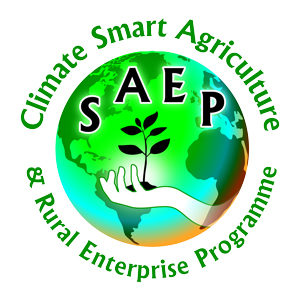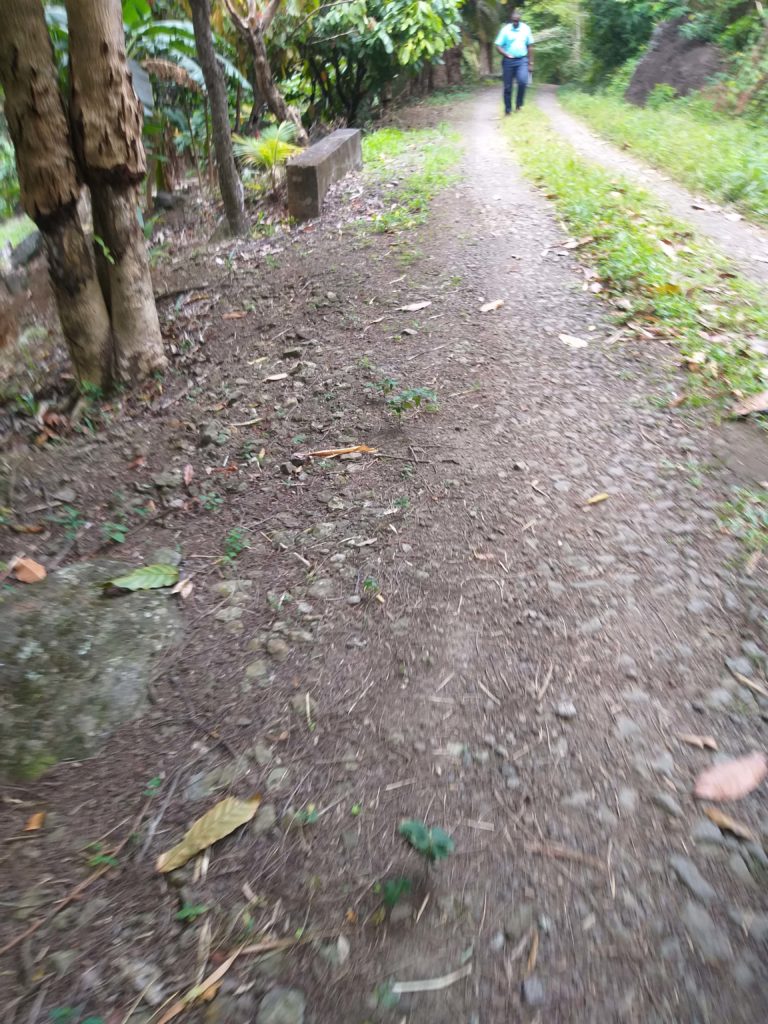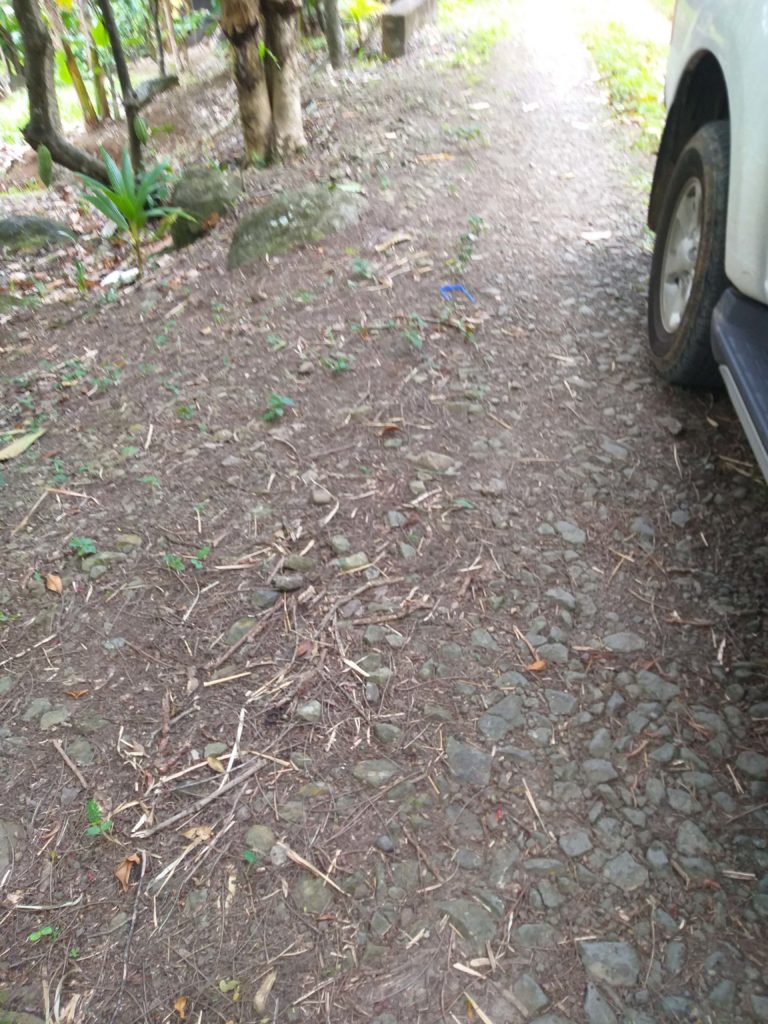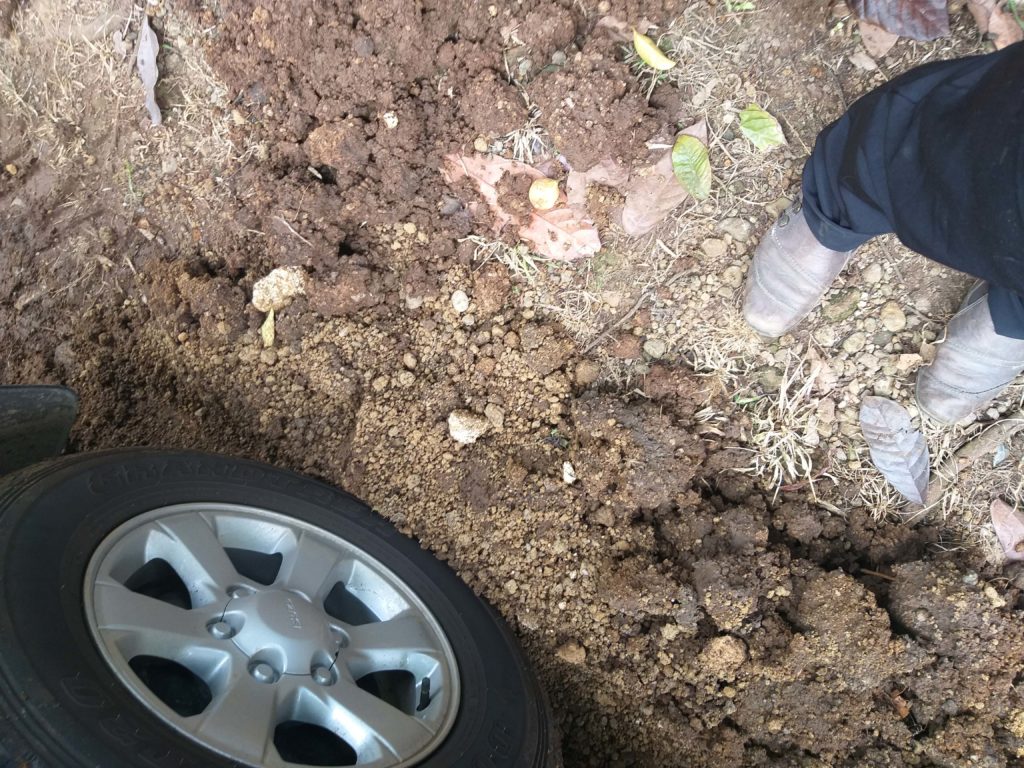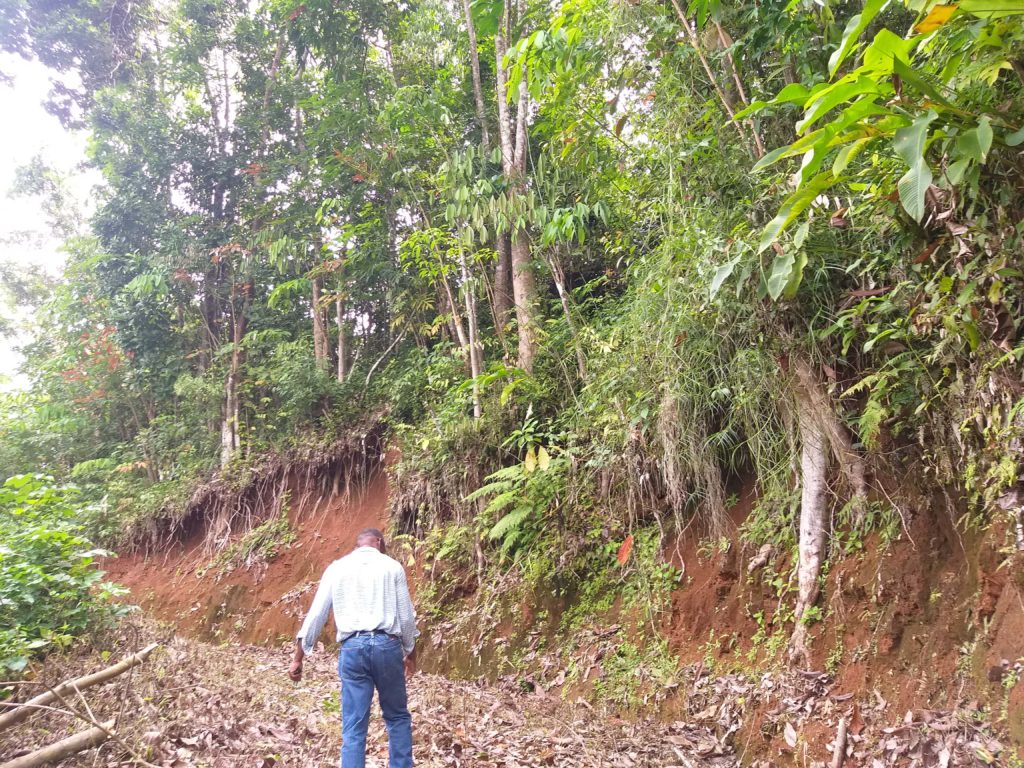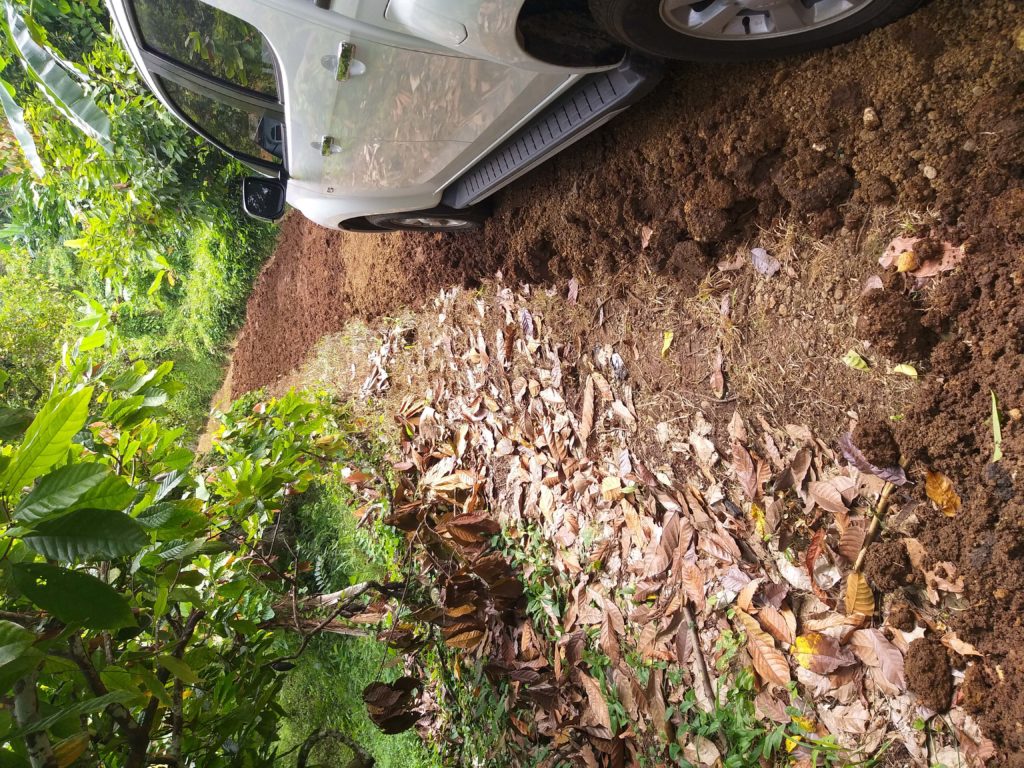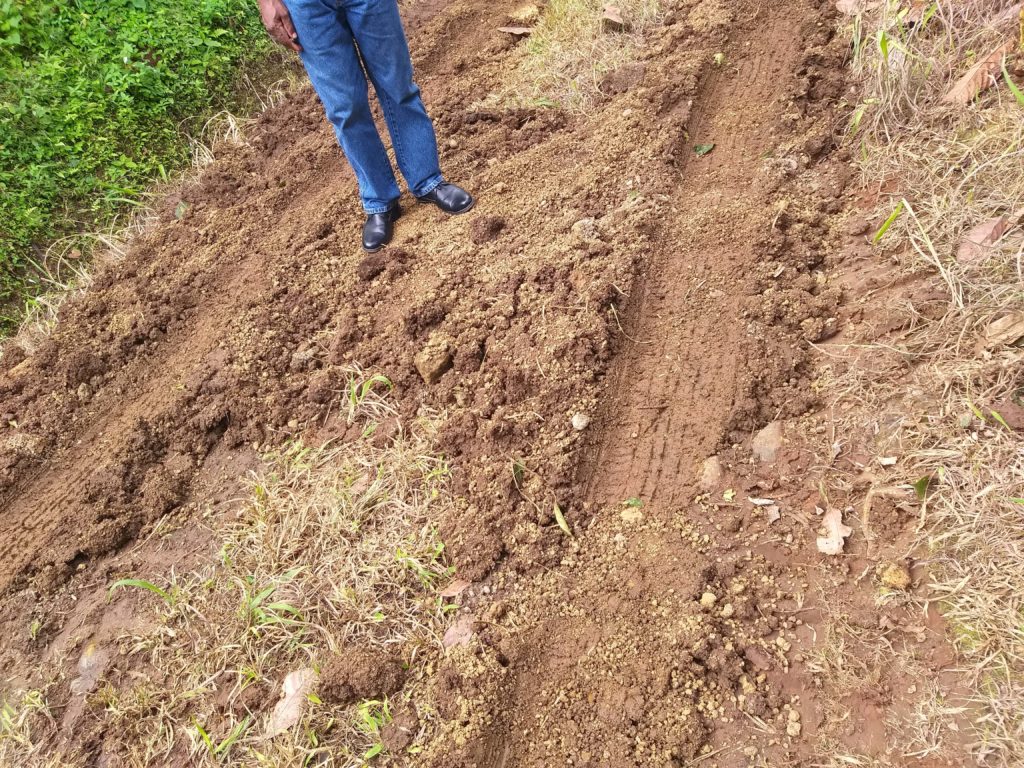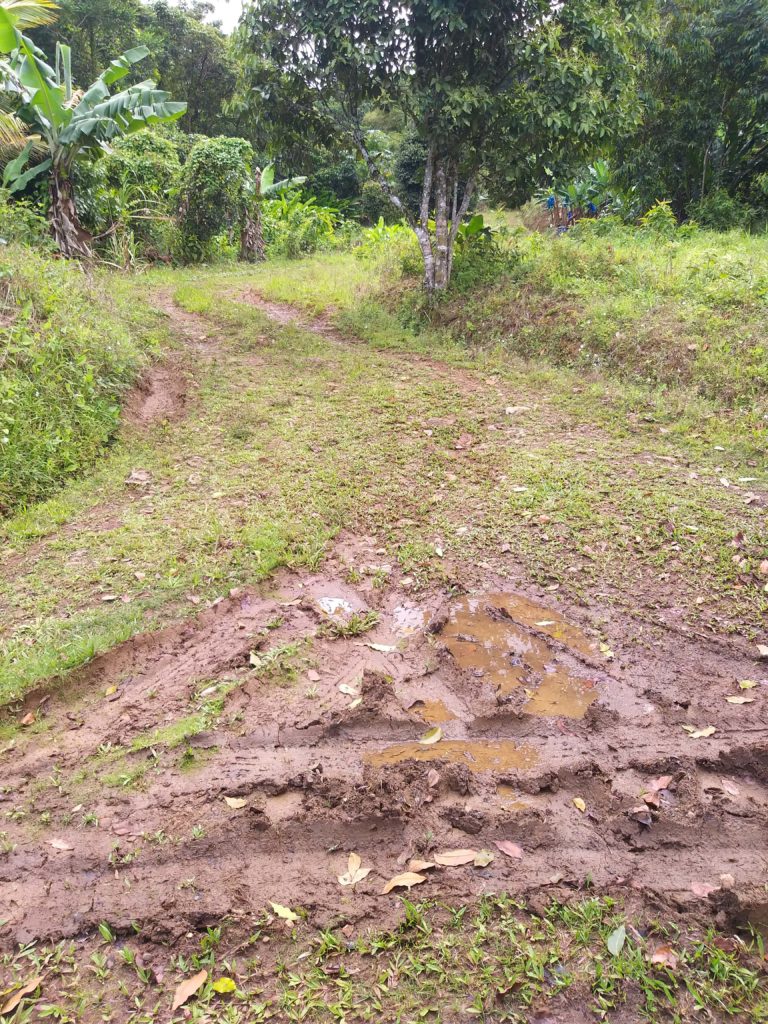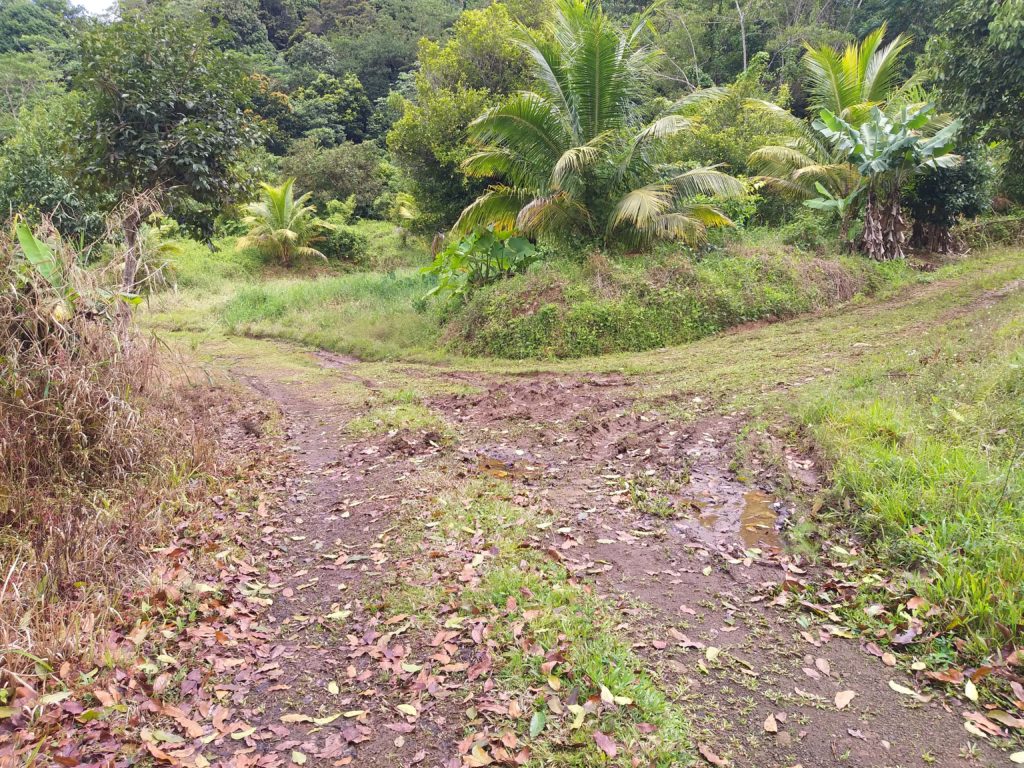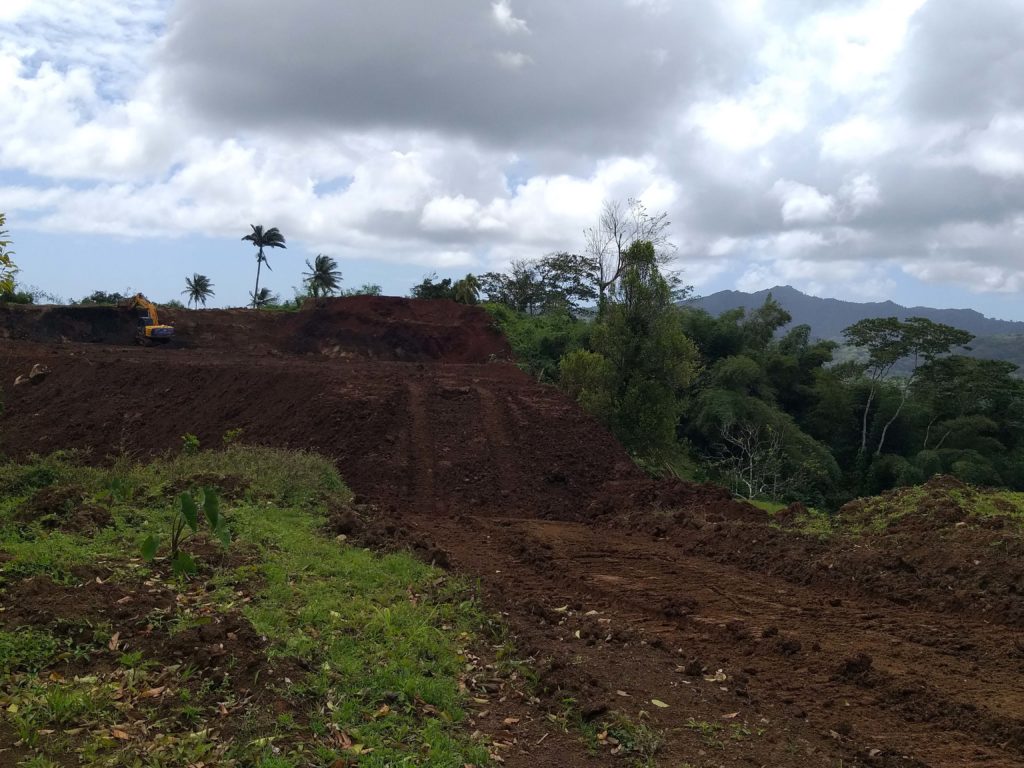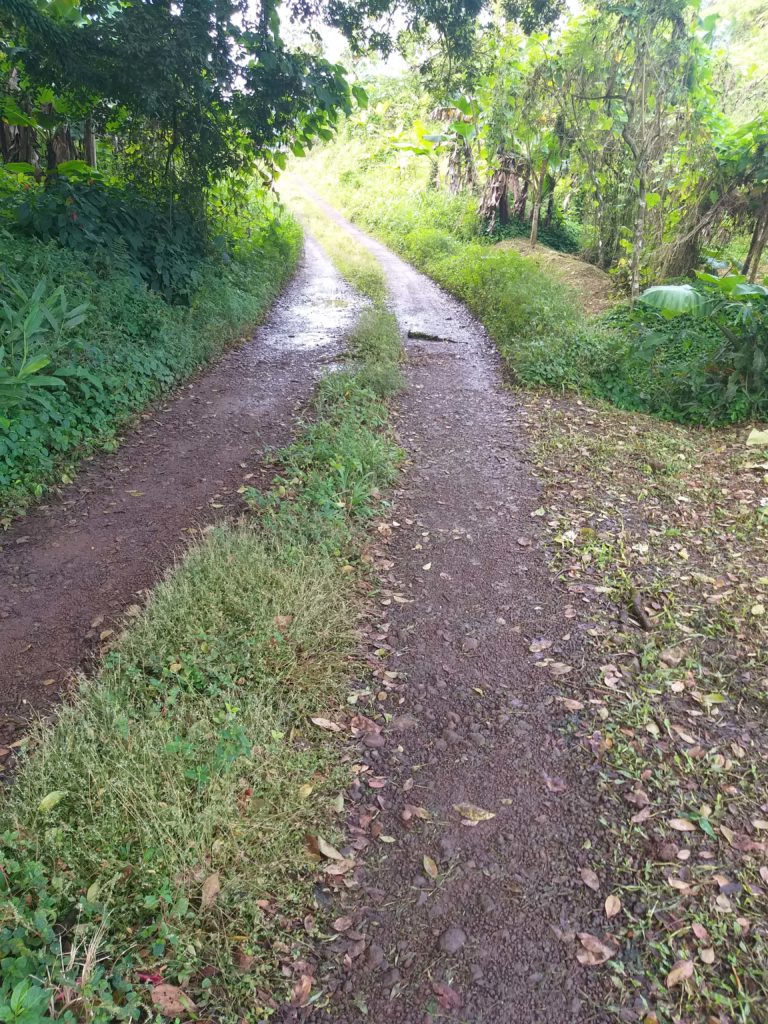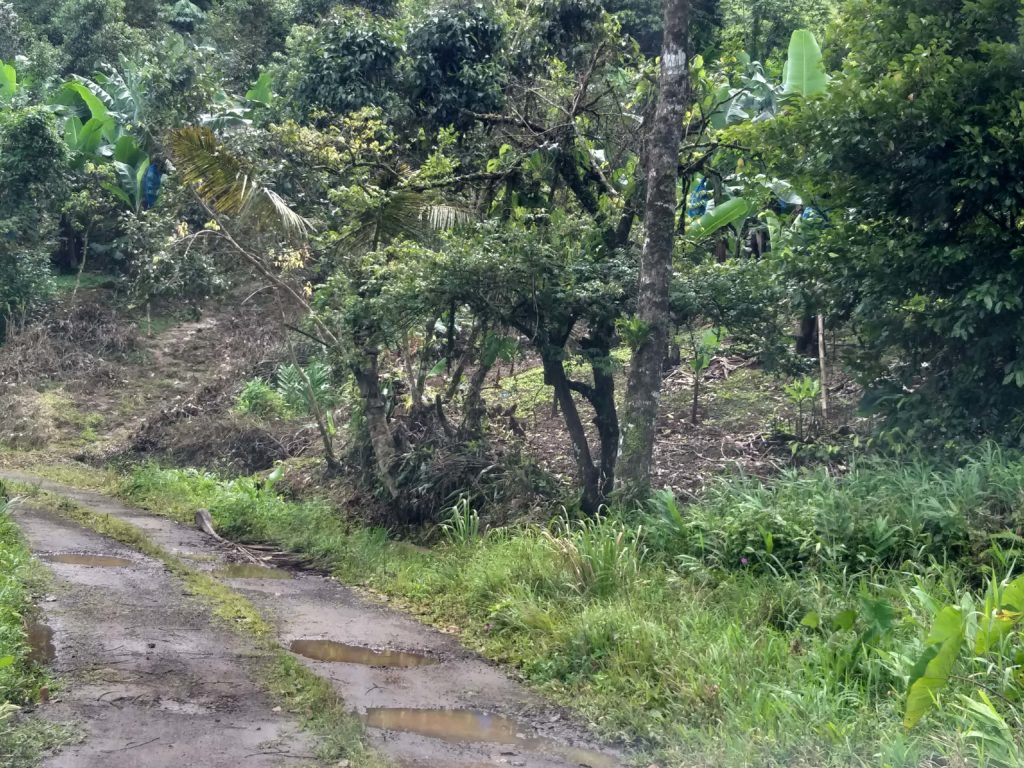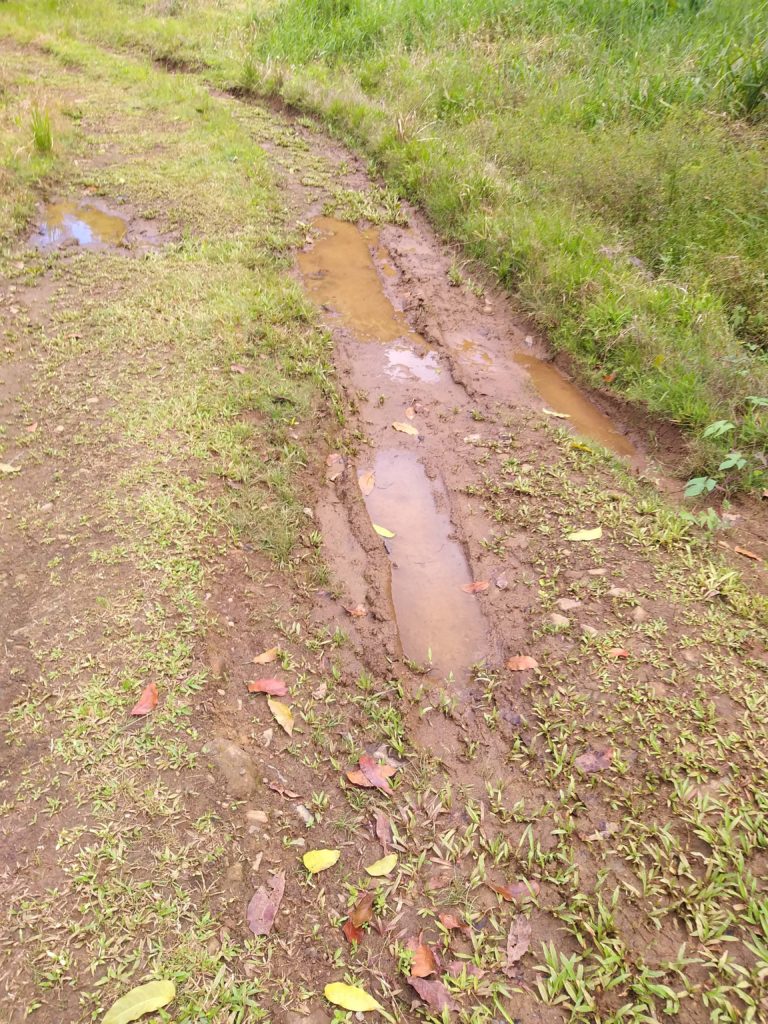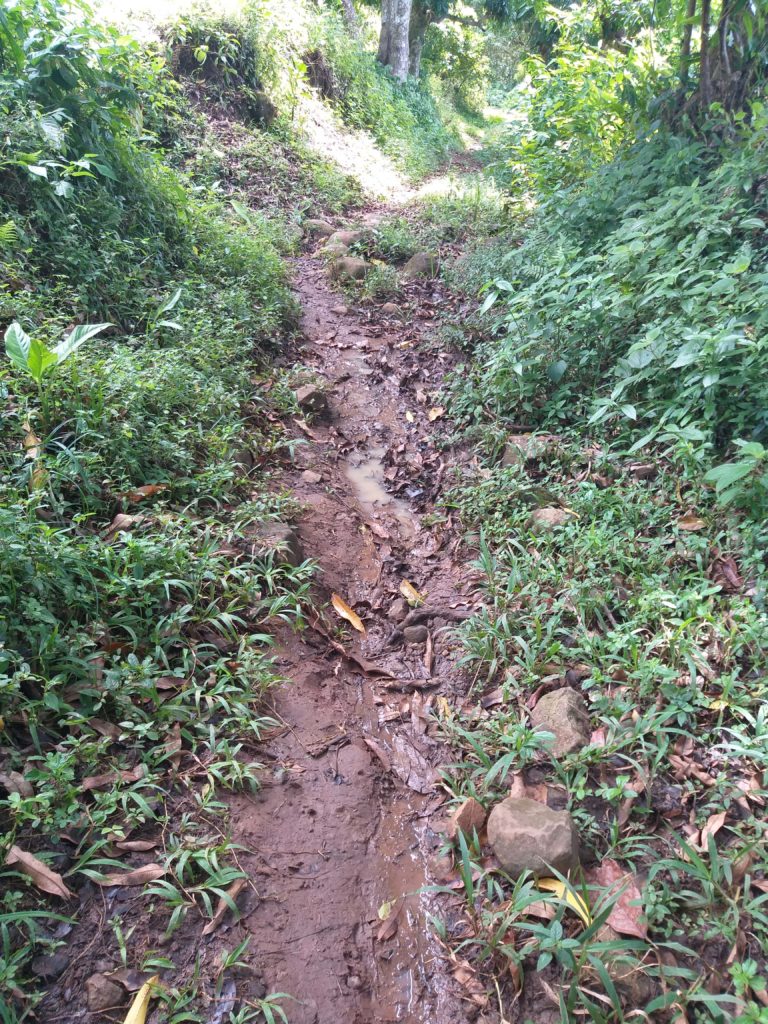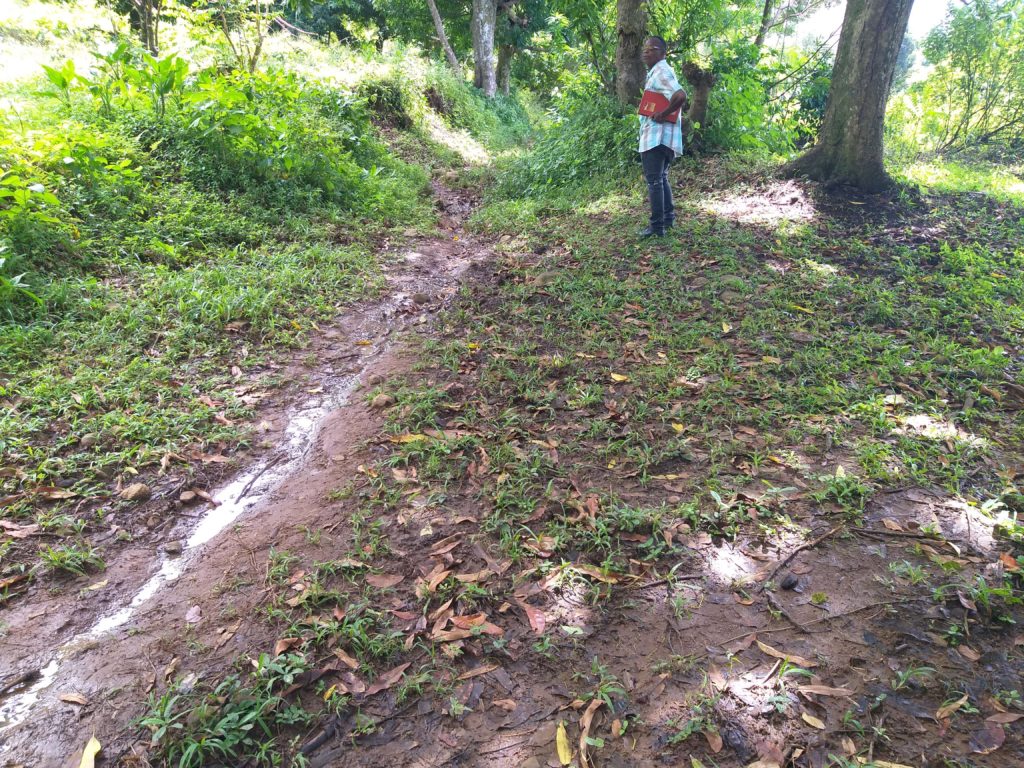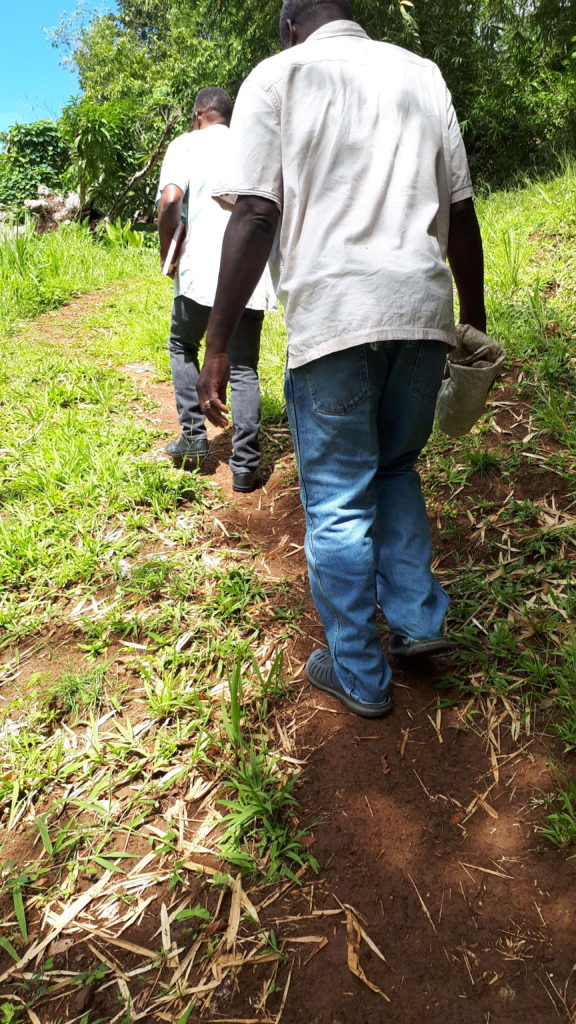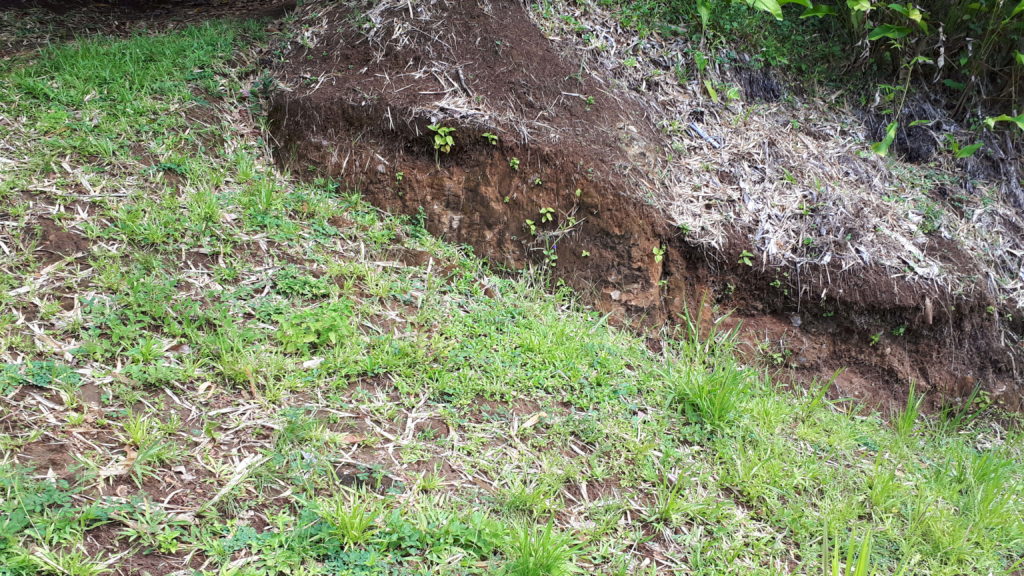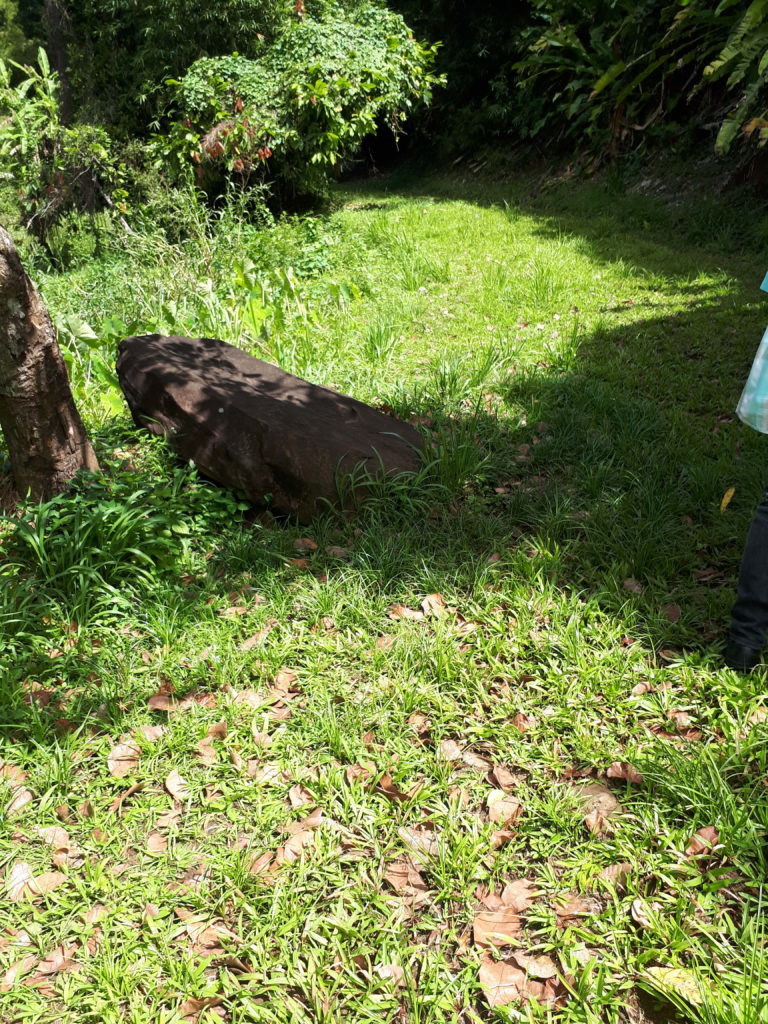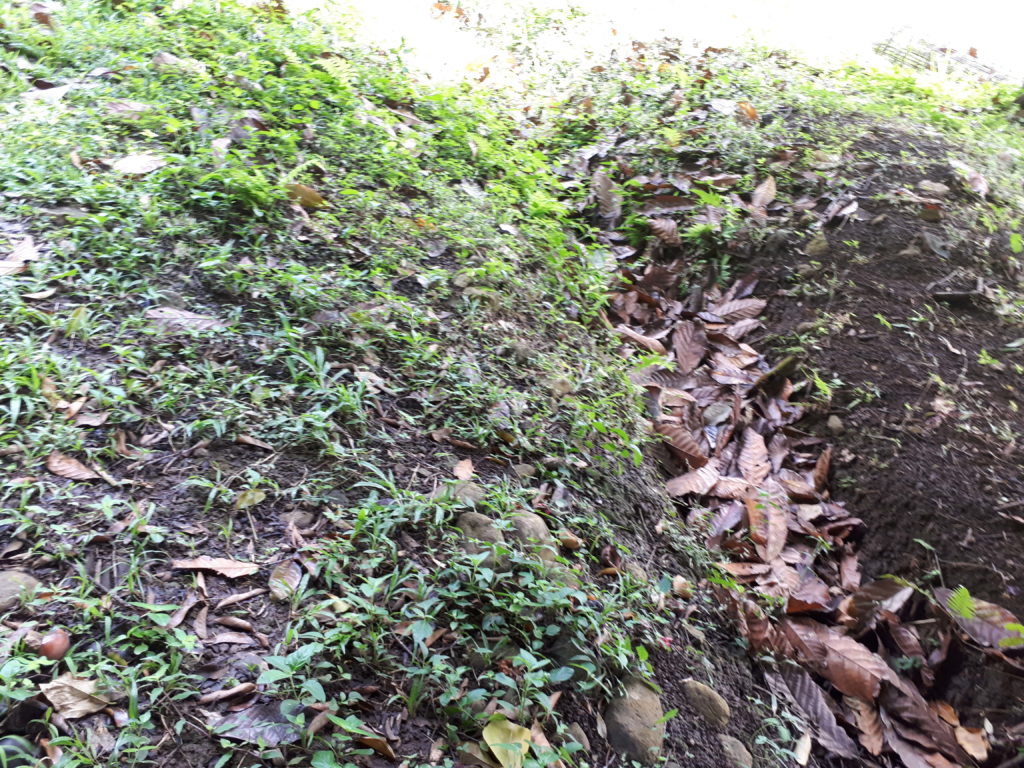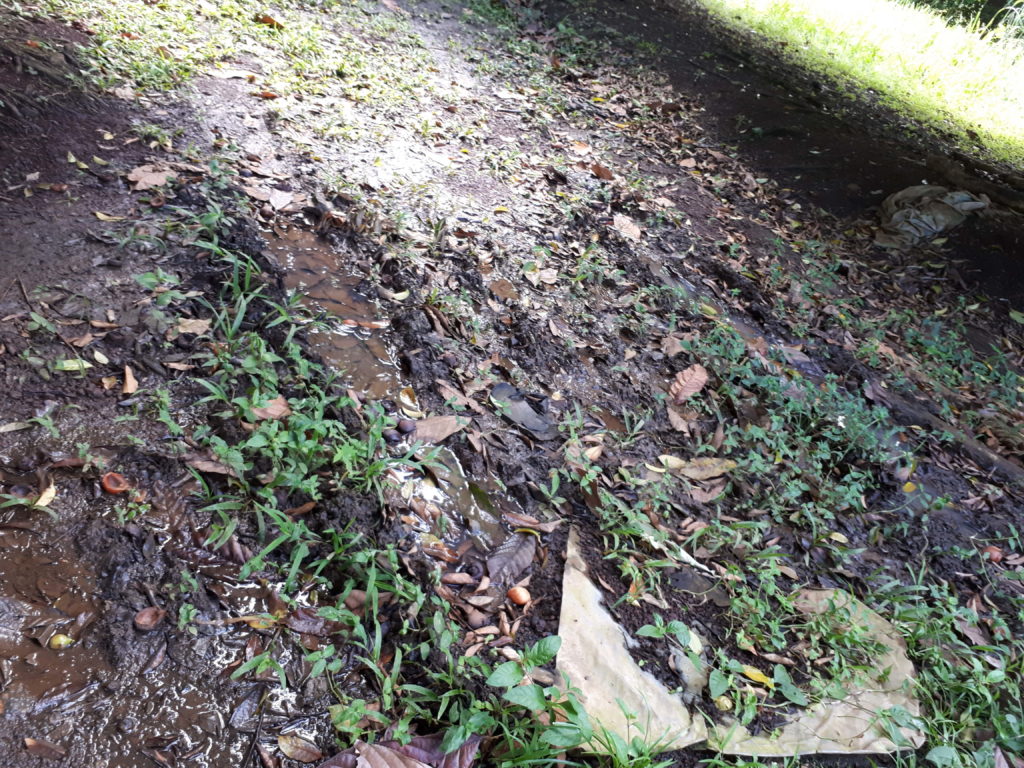CALL FOR PROPOSALSREADVERTISED
CLIMATE SMART AGRICULTURE GRANT FUNDING FOR INDIVIDUAL FARMERS AND GROUPS
DEADLINE: MAY 7, 2021
BACKGROUND
The objective of the Climate Smart Agriculture and Rural Enterprise Programme (SAEP) is to improve the livelihoods and resilience of beneficiaries by accessing new jobs, start-up businesses or consolidate new businesses and adopt Climate Smart Agriculture (CSA) practices. This is aimed at increasing the sustainability of beneficiaries and will assist farmers including backyard gardeners and members of rural communities and youth, to have a better understanding of climate change (CC) issues.
WHO CAN APPLY
Beneficiaries of the Climate Smart Agriculture & Rural Enterprise Programme (SAEP) who would have received technical and extension support from the Extension Assistants.
WHAT DOES THE GRANT FUND
- Soil and Water Management (e.g. Soil Conservation; Rain Water Harvesting; Storage; Distribution and Application; Land Preparation, etc.)
- Plant Agronomics (e.g. IPM, Fertilizer Management including composting)
- Packaging materials including Labels
- Innovative Technology in Agriculture (Protective Culture including Shades Houses,)
- Livestock Rearing (e.g. Stock Management and Pen Construction/Rehabilitation, Fencing, etc.)
- Organic Production including composting
- Apiculture
- Drip Irrigation Systems (New)
- Efficient water harvesting, storage distribution and application Systems
- Solar Pumps (New)
- On farm drainage works
- Small works (e.g. construction of storerooms/sheds, use of machinery for terracing, etc.)
- Land access legal advice (determination to be made by the CSA Grant Committee, based on proposal submitted)
- Land preparation (mechanical)
- Equipment (New)
- Machinery (New)
- Inputs (New and CSA Compatible)
- Mulching, shredding
- Vehicle (with proper justification including plan for sustainable use in agriculture, must be assessed to be critical to the Project’s viability)
- Specialized technical assistance, permissions and certifications
- Laboratory Analysis
- Temporary Labour
REQUIREMENTS FOR SUBMITTING PROPOSALS
- Must have access to a minimum of ½ acre and no more than 2.5 acres of farm land
- All supporting document must accompany the proposal
- Willing to make 10% equity contribution (of which 5% in cash).
HOW MUCH WILL THE GRANT FUNDING PROVIDE
Maximum funding of USD $8,000.00 ($21,505.60 XCD) per individual. In case of the group, the amount received would be based on the number of persons participating, but would not exceed USD$ 30,000.00 (XCD$80,700). Beneficiary’s contribution should be 10% equity, of which 5% in cash.
HOW TO APPLY
Please send your applications to [email protected] on or before Friday May 7, 2021. Applications will be accepted from SAEP Beneficiaries only. Please call to find out more information on how to become a SAEP Beneficiary.
ENVIRONMENAL AND SOCIAL MANAGEMENT REQUIREMENTS
The Project funded by this initiative must provide a mitigation plan e.g. Management Plan for any potential Environmental issues that may occur during its implementation. To determine if the plan is required, review the following environmental related questions which are applicable to your project:
- Does the proposal include the construction of infrastructure?
- Will the activities in the proposal include use of agrochemical pesticides and/or fertilizers?
- Does the implementation of the proposal require withdrawal of groundwater?
- Does the proposal include expansion of agricultural land area?
- Does the proposal promote the feeding or processing of animals (poultry or livestock)?
- Does the proposal include waste disposal of agricultural or fish related products?
- Does your proposal involve use of water or access to it?
- Does your proposal involve storage and use of fuel?
If the answers to any of the following questions are “yes” please include in the proposal an identification of the potential risks and the respective mitigation measure which will be used.
